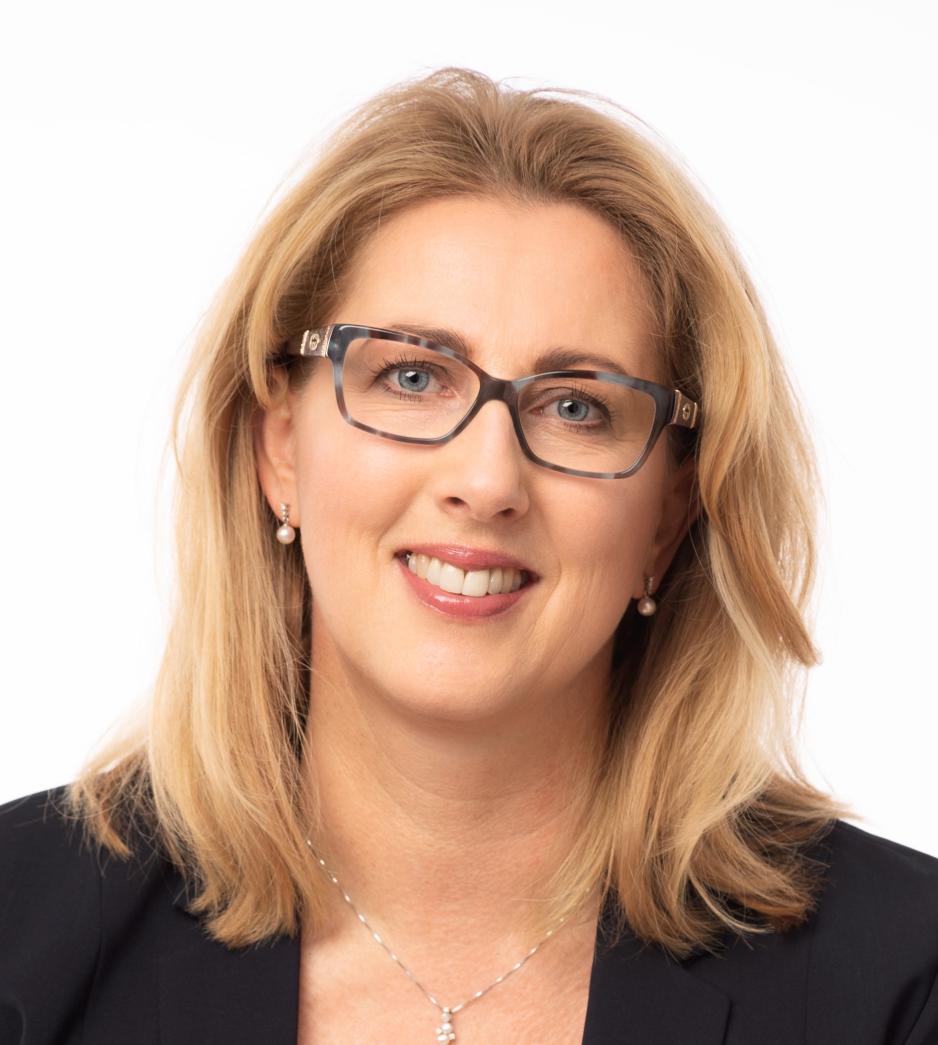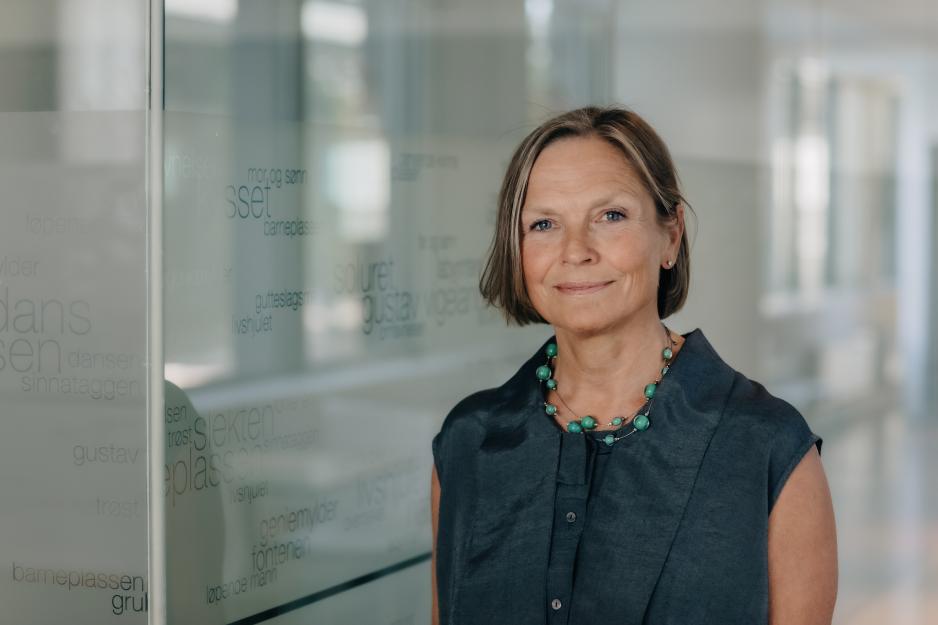Rising proportion of women, but wide variation between research institutes
Now there are more women researchers at Norwegian research institutions than before, but women still hold only one-third of the highest researcher positions.

The research institute sector accounts for an important share of the research and development conducted in Norway. For the first time, a detailed review has been done to reveal trends in gender balance at research institutes.
Over the past 10 years, the proportion of women among researchers and academic staff has risen by six percentage points, to 45 per cent in 2020.
Looking only at the typical research institutes, the proportion of women is 40 per cent (see the fact box for details).
“The gender balance has become more equal in most research groups,” says Bo Sarpebakken, Senior Adviser at the Nordic Institute for Studies in Innovation, Research and Education (NIFU).
Sarpebakken and his NIFU colleague Frøydis Sæbø Steine conducted the review on commission from the KIF Committee.
“This is the first time we have examined the institute sector in such detail,” says Sarpebakken.
The increase in proportion of women in the institute sector over the past decade is consistent with trends in the higher education sector. In the big picture, the trend is towards better gender balance.
More men in the senior-level positions
There remain, however, large imbalances with regard to the type of positions men and women occupy. At universities and university colleges, the majority of professors are men. This imbalance holds true in the research institute sector as well, where men dominate the senior-level researcher positions.
“There are more men in senior-level positions. We find this in every sector, but the greatest imbalance is at the technical-industrial institutes,” reports Sarpebakken.
NIFU distinguishes three job-level categories: forsker 1 (research professor), forsker 2 (senior researcher) and forsker 3 (researcher), from highest to lowest level. The lower the job level, the better the gender balance.
Yet the number of women in senior-level positions has grown in the past decade – across all types of research institutions.
Primary industry institutes are the sector that is closest to achieving gender balance in the highest-level category. Here, the proportion of women has risen the fastest during the period for which NIFU compiled its figures, to 45 per cent.
Increase in women research managers
Among research managers in the institute sector, regardless of position level, the gender balance has improved.
Norway’s environmental research institutes, primary industry institutes and social science institutes are approximately gender-balanced for research managers.
Technical-industrial institutes are the least balanced, but even this sector has experienced an increase in the proportion of women research managers.
In 2010, only one in five research managers at technical-industrial institutes were women. By 2020, this figure had grown to one in three.
Strong increase for energy institute
NIFU’s figures show wide variations in gender balance between the different research institutes. The Institute for Energy Technology (IFE) is one that can boast a substantial increase in its number of female researchers.
This is in spite of being a technical-industrial institute within the most male-dominated segment of the institute sector.

Silje Aspheim Hole, Sector and Communications Director at IFE, explains that a key reason for this is that a number of women have been drawn by an interest in IFE’s tasks, which involve energy, the environment and digitalization.
“What happened in the period from 2010 to 2020 was that we recruited more women. There are more women pursuing educations in our research areas, especially renewable energy,” she says.
According to the NIFU figures, IFE has increased its share of women among researchers and academic staff from 20 per cent in 2010 to an impressive 36 per cent in 2020. IFE’s current proportion of women is far above average for technical-industrial institutes.
Director Hole also points to the sharp increase in IFE’s research activities in radiopharmacy, a research field with a high percentage of women.
Promoting women as role models
IFE conducts activities in the towns of Kjeller and Halden, with a total of 650 employees, nearly half of them researchers or academic/scientific staff.
When hiring, IFE’s goal is to make job announcements attractive to women, young people and a generally broader range of applicants. Hole says that in addition, IFE actively seeks out women to recruit.
“Whenever we go out to meet students, we like to bring along some of our skilled female researchers and research managers. They are important role models. They have also represented us in the media and in the public sphere.
“Hopefully this can help female students to consider us a good place to be,” says the IFE director.
Hole adds that having more women research managers at IFE will be an important task ahead.

“Academic senior-level positions are the challenge”
“The trend is positive for gender balance in all parts of the institute sector. It could go faster in certain areas, but we are headed in the right direction,” says Agnes Landstad, Managing Director of the Association of Norwegian Research Institutes (FFA).
FFA organizes most of Norway’s institutes, specifically those that receive public basic funding via the Research Council of Norway.
“The biggest challenge is the academic senior-level positions,” Landstad finds.
Naturally, it will take time for the increasing numbers of women in forsker 3 positions (researchers) to work their way up to forsker 1 (research professors). At the same time, Landstad stresses that research institutes have an obligation to facilitate qualification of women for promotion.
“It is a managerial duty to work with recruitment and to ensure that women are afforded development opportunities to qualify for promotion to the highest-level research positions.”
Landstad believes that good gender balance may be a precondition for finding the best minds. And she adds that poor gender balance can become a vicious circle.
Vital to share experiences
The responsibility to promote gender balance lies with each individual institute, and Landstad points out that FFA does not work with joint measures in this area.
“Are the institutes currently doing enough?”
“My impression is that many institutes are working systematically to this end. The positive trend in all parts of the sector is evidence of this, but not least, achieving good gender balance in the academic senior-level positions requires long-term efforts.
“The Research Council and the EU requiring action plans for equality helps to systematize these efforts,” says the FFA head.
She believes that the KIF Committee carries out an important task that helps guide the way and spread good examples from research institutes that have succeeded in their efforts.
Landstad says these latest NIFU figures can provide a good starting point for discussions in the sector. In particular she points to the rapid rise in the proportion of women researchers holding senior-level positions at the primary industry institutes – whose experience can be valuable for other institutes as well.
“Sharing experiences and learning from each other is so beneficial,” Landstad emphasizes.
Translated by Darren McKellep.
The Nordic Institute for Studies in Innovation, Research and Education (NIFU) has for the first time compiled statistics on gender balance in the institute sector (Insight 13-2021, in Norwegian only).
Bo Sarpebakken and Frøydis Sæbø Steine conducted the review on commission from the KIF Committee.
The institute sector is complex and often difficult to define. The figure of a 45 per cent share of women employees includes museums, archives and certain health trusts and hospitals. These institutions have a majority of women.
When museums, archives and health care institutions are excluded, the remaining institutions are the typical research institutes – which NIFU has focused on in its analysis. The proportion of women among these was 40 per cent in 2020.
Gender balance at research institutes in 2020 (excluding museums, archives and health care institutions):
- The proportion of women among researchers rose by six percentage points in the period 2010–2020.
- Women make up 45 per cent of researchers and academic staff.
- Technical-industrial institutes have the lowest percentage of women: 30.
- The proportion of women at social science institutes was 52 per cent.
- At primary industry institutes (agriculture, fisheries/aquaculture and veterinary medicine), 48 per cent of employees are women.
NIFU distinguishes three job-level categories. From highest to lowest: forsker 1 (research professor), forsker 2 (senior researcher) and forsker 3 (researcher).
The proportion of women at research institutes on the whole:
- 31 per cent of forsker 1 positions (research professors)
- 41 per cent of forsker 2 (senior researchers)
- 50 per cent of forsker 3 (researchers)


